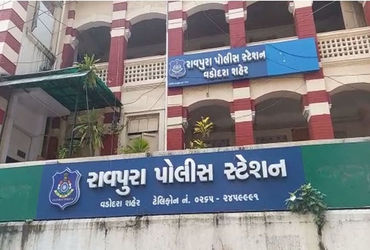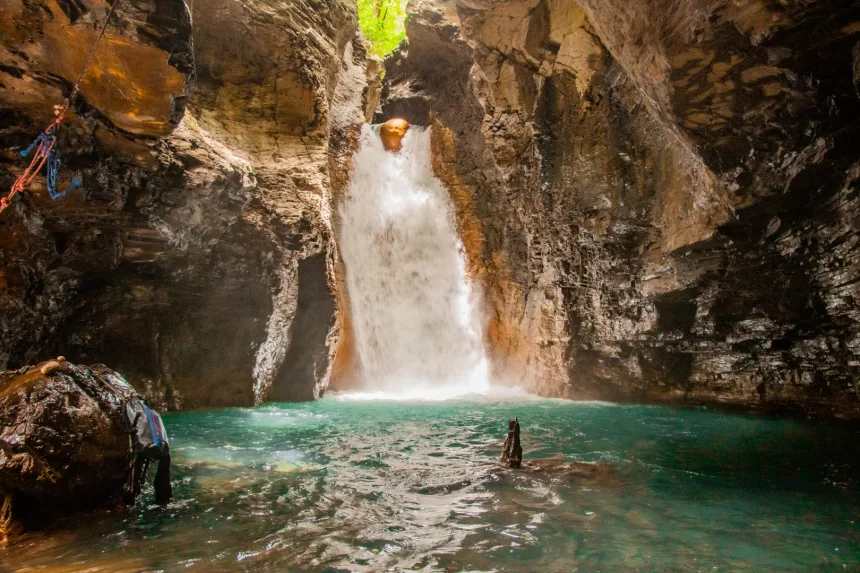Did the government gravely underestimate the space needed for Project Cheetah?

Join our WhatsApp Community to receive travel deals, free stays, and special offers!
- Join Now -
Join our WhatsApp Community to receive travel deals, free stays, and special offers!
- Join Now -

In August, Jwala, one of eight cheetahs translocated from Namibia to Kuno forest in Madhya Pradesh, went on a long stroll.
Crossing the forests of Kuno, she ventured north-west and entered the state’s villages. There, she paused to prey on cattle and goats. She then moved further, crossed the Seep river and entered Rajasthan. In all, she covered approximately 100 km, and entered tiger territory – the Ranthambore National Park.
Officials who were tracking her movements closely were not surprised by the long distance she travelled – after all, by June, just three months after being released into the wild from the enclosures in which they were initially kept, the mother and her four cubs had already become Kuno’s “most travelled cheetahs”.
But they worried about the risk to Jwala in tiger territory. So, they decided to intervene – they tranquilised her and brought her back to Kuno by road.
Since September 2022 when the cheetah project was launched, this was among several such instances reported in the media in which cheetahs wandered beyond Kuno, across the Rajasthan border or into human settlements, and were tranquilised and returned.
For the project, 20 cheetahs were flown from Namibia and South Africa to Kuno. Of those, 11 adults have survived, along with 16...
Read more
What's Your Reaction?
 Like
0
Like
0
 Dislike
0
Dislike
0
 Love
0
Love
0
 Funny
0
Funny
0
 Angry
0
Angry
0
 Sad
0
Sad
0
 Wow
0
Wow
0























































